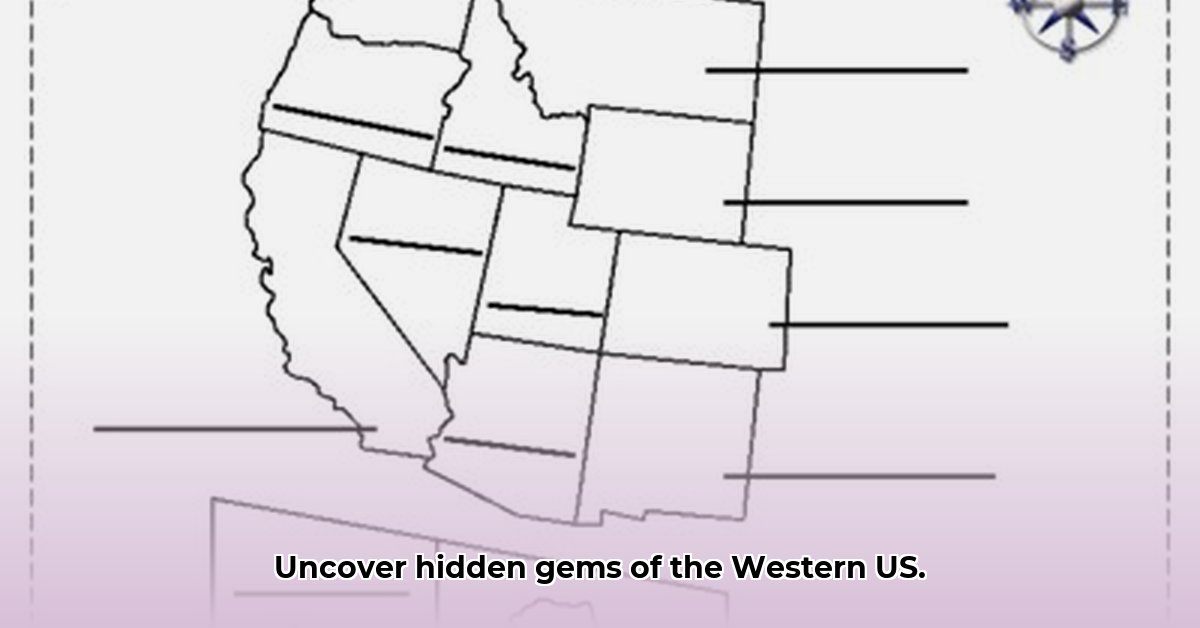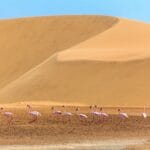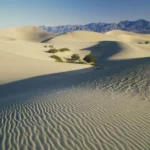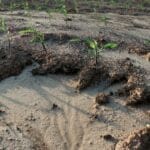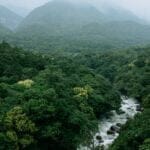Geographic Overview: A Journey Through the West
The Western United States, a land of stark contrasts and breathtaking beauty, stretches from the rugged peaks of the Rocky Mountains to the sun-kissed shores of the Pacific Ocean. This vast expanse encompasses a remarkable diversity of landscapes, including arid deserts, lush rainforests, fertile valleys, and volcanic plateaus. This geographic tapestry shapes not only the region’s physical character but also its economy, culture, and the unique challenges it faces. The Rocky Mountains, for instance, serve as a continental divide, dramatically influencing weather patterns and water flow. This majestic range separates the arid Great Basin from the wetter western slopes, impacting everything from agricultural practices to urban development. The Sierra Nevada range, with its iconic granite peaks and giant sequoia trees, further contributes to the West’s diverse topography. For a visual overview, check out this US physical map.
Western US Regions: A Tapestry of Landscapes
The West is a mosaic of distinct regions, each possessing its own unique personality and allure. The Pacific Northwest, renowned for its dense rainforests, cascading waterfalls, and thriving tech hubs like Seattle and Portland, contrasts sharply with the Intermountain West, characterized by high deserts, deep canyons, and expansive sagebrush steppe. Moving south, the Southwest’s vibrant deserts, painted canyons, and rich cultural heritage offer a completely different experience, epitomized by iconic landmarks like the Grand Canyon and ancient pueblos. Finally, the California Coast, a dynamic blend of urban centers and breathtaking coastal scenery, stretches from the redwood forests of the north to the sunny beaches of the south. This geographic diversity has profound economic implications, from the agricultural richness of California’s Central Valley, which produces a significant portion of the nation’s fruits and vegetables, to the tourism revenue generated by world-renowned national parks like Yosemite and Yellowstone.
How Geography Shapes Our Lives: Economy and Society
The West’s diverse landscapes have indelibly shaped its economic and social structures. Fertile valleys, such as the Willamette Valley in Oregon and the Yakima Valley in Washington, support thriving agricultural industries, producing a wide array of crops, including wine grapes, hops, apples, and cherries. Abundant natural resources, such as coal, oil, and natural gas, fuel the energy sector, while the region’s stunning scenery and recreational opportunities contribute significantly to the tourism industry. Furthermore, the West’s innovative spirit has fostered the growth of major technology centers, particularly in California and Washington. This geographic diversity has also led to an uneven distribution of population, with some areas densely populated, like coastal California and the Puget Sound region, while others remain sparsely inhabited, such as the vast expanses of Nevada and Wyoming. This uneven distribution presents both opportunities and challenges for regional development, resource management, and infrastructure planning.
Facing the Future: Challenges and Opportunities
The Western United States faces significant challenges related to water scarcity, environmental conservation, and sustainable development. The region’s arid and semi-arid climate, coupled with a growing population and increasing demands on its water resources, necessitates innovative solutions and collaborative efforts to ensure water security for both human needs and ecosystem health. The West must also address the impacts of climate change, including increased wildfire risk, rising sea levels, and changes in snowpack, which are crucial for water supply. Furthermore, balancing economic growth with environmental protection requires careful consideration of land use, resource extraction, and sustainable tourism practices. The region’s future depends on finding sustainable solutions that address these complex and interconnected challenges while promoting economic prosperity and preserving the West’s unique natural and cultural heritage.
Western US Transportation Infrastructure: Optimizing Logistics Across Diverse Terrain
The Western US presents unique challenges and opportunities for transportation infrastructure development due to its diverse terrain, ranging from towering mountain ranges to expansive deserts and densely populated coastal regions. Efficient and sustainable transportation networks are crucial for connecting communities, facilitating trade, and supporting economic growth. This section will explore the various modes of transportation in the West, including highways, railways, ports, and airports, and examine the ongoing efforts to improve infrastructure, address congestion, and promote sustainable transportation solutions. Furthermore, it will discuss the role of technology in optimizing logistics and enhancing transportation efficiency across this vast and varied landscape. Finally, it will analyze the challenges and opportunities associated with expanding and modernizing transportation infrastructure in the Western US, considering factors such as funding, environmental impacts, and community needs.
Navigating the Diverse Regulatory Landscape of Western US Land Use
Land use in the Western United States is governed by a complex and often overlapping web of federal, state, and local regulations. This intricate regulatory landscape reflects the region’s diverse land ownership patterns, including significant federal holdings, tribal lands, and private property. Understanding these regulations is critical for navigating land use decisions, whether for development, conservation, or resource extraction. This section will explore the key federal agencies involved in land management in the West, such as the Bureau of Land Management, the US Forest Service, and the National Park Service. It will also examine the role of state and local governments in land use planning and regulation. Furthermore, this section will discuss the challenges and opportunities associated with balancing competing land use interests, including economic development, environmental protection, and cultural preservation. Finally, it will analyze the ongoing efforts to modernize land use regulations and improve collaboration among different stakeholders to promote sustainable land management practices in the Western US.
Sustainable Tourism Practices in the Western US: Diversifying Offerings & Addressing Capacity
The Western United States, with its iconic national parks, stunning landscapes, and vibrant cultural attractions, is a major tourism destination. However, the increasing popularity of these destinations has raised concerns about environmental impacts, overcrowding, and the strain on local communities. This section will explore the concept of sustainable tourism and its importance in protecting the West’s natural and cultural resources while ensuring the long-term viability of the tourism industry. It will examine various strategies for promoting sustainable tourism practices, such as diversifying tourism offerings beyond popular hotspots, implementing visitor management strategies to address capacity issues, and engaging local communities in tourism planning and development. Furthermore, this section will showcase examples of successful sustainable tourism initiatives in the Western US, highlighting best practices and lessons learned. Finally, it will discuss the role of technology and innovation in enhancing the visitor experience while minimizing environmental impacts.
- Jesus Bible: Discover Jesus’s Story Throughout Scripture - April 27, 2025
- Don Luis: Unraveling the 16th-Century Virginia Mystery - April 27, 2025
- Captain J’s Kauai Tours: Unforgettable Na Pali Coast Adventures - April 27, 2025
